Top 8 Most Beautiful Historical Sites in Ecuador
Have you ever thought that one day you will travel to Ecuador? Because Ecuador is a fairly large country, it’s very unlikely that you will ever actually see ... read more...all the beauty Ecuador has to show. But, do you know that Ecuador is a country with a rich history. Now, Toplist will give you some ideas about the most beautiful historical sites in Ecuador.
-
The Iglesia de San Francisco, also known as el San Francisco, one of the most beautiful historical sites in Ecuador, is a Catholic basilica located in Quito's historic center, in front of the same-named square. The edifice is the largest architectural complex inside South America's historic centers, earning it the nickname "El Escorial of the New World." San Francisco is regarded as a pearl of continental architecture due to its eclectic blend of styles spanning more than 150 years of construction. The UNESCO World Heritage Site "City of Quito" includes San Francisco.
Thirteen cloisters (six of them of remarkable scale), three temples, and a massive Atrium have been created on the site's three and a half hectares, totaling nearly 40,000 square meters of work. There are currently a variety of activities taking place there, including consensual and religious services, public health, communication, education, and other activities of a popular nature that keep the facility busy.
More than 3,500 works of colonial art, in a variety of artistic forms and techniques, are housed within the church, particularly those associated with the Colonial Quito School of Art, which was founded here. It also boasts a Franciscan library, which was rated as the best in the Viceroyalty of Peru in the 17th century.The complex is preceded by the Plaza de San Francisco, which has served as a popular market, a site for military and political concentrations, as well as a meeting place for social amusement for years. The concave-convex staircase connecting the square to the Atrium, which displays the main building's Mannerist-Baroque facade, is regarded as a significant architectural feature in Colonial America.
Location: Quito, Ecuador
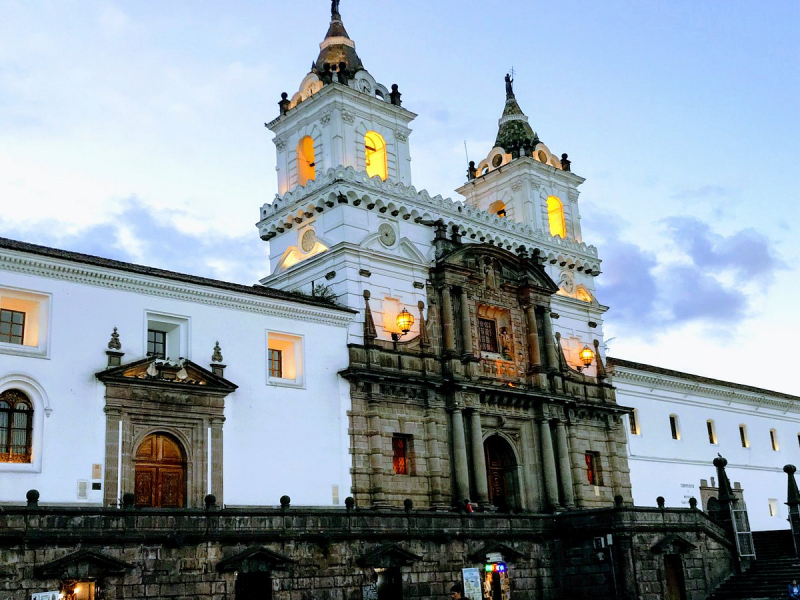
Photo: tripadvisor 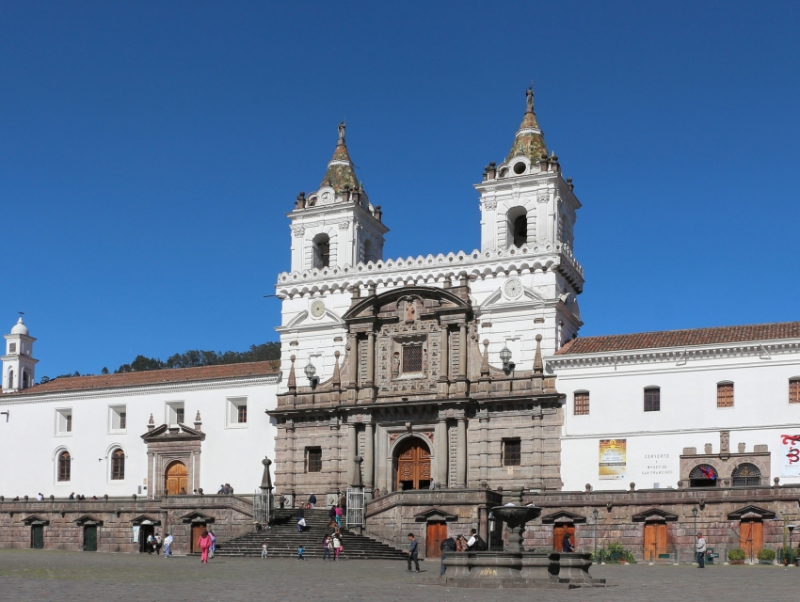
Photo: cityseeker -
The Church and Convent of San Ignacio de Loyola de la Compañía de Jesú de Quito, also known as La Compañía by Ecuadorians, is a Catholic clerical complex located on the corner of Calles Garca Moreno and Sucre in the Historic Center of Quito, Ecuador's capital. The main temple's façade is fully carved out of volcanic stone. This church has been dubbed the "Temple of Solomon of South America" over time. It was dubbed "Golden Ember" by Father Bernardo Recio, a traveling Jesuit.
The Residencia San Ignacio, Ecuador's "Mother House," is part of the complex. This "Jesuit block" hosted the Seminario San Luis, Colegio Máximo, University of San Gregorio Magno, and the Mainas Missions Office during colonial times. The Colegio San Gabriel has been on the block since 1862.
The church and its ornate interior, which is entirely covered in gold sheets, is a popular tourist attraction in the city and a priceless aesthetic and economic legacy for the country. On January 30, 1985, Pope John Paul II paid a visit to the church and presided over a service there as part of his three-day journey to Ecuador. It was also visited by Pope Francis on July 7, 2015, who prayed there before the image of Our Lady of Sorrows.Location: Quito, Ecuador
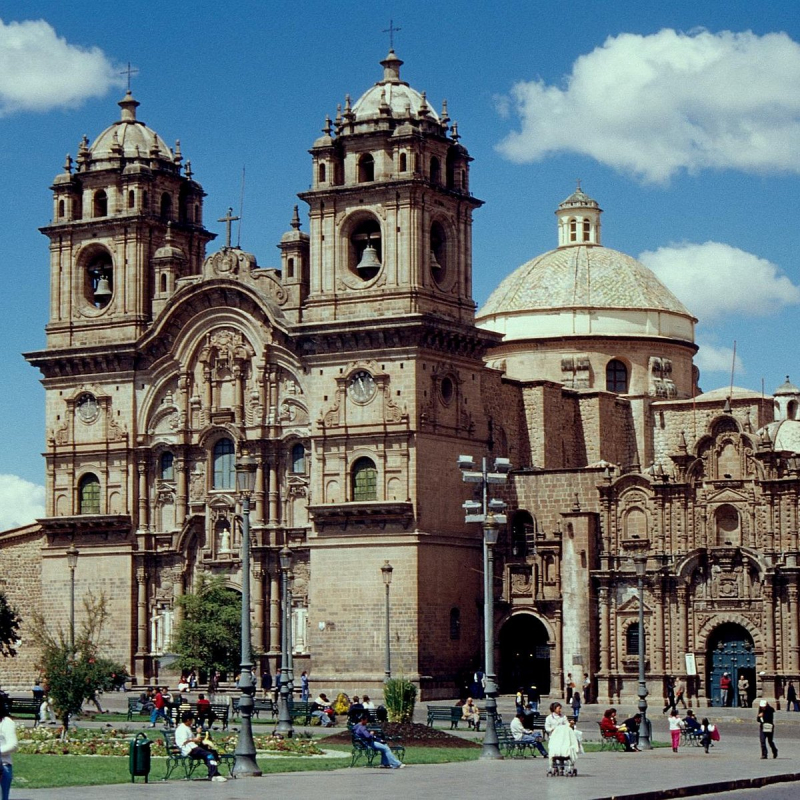
Photo: tripadvisor 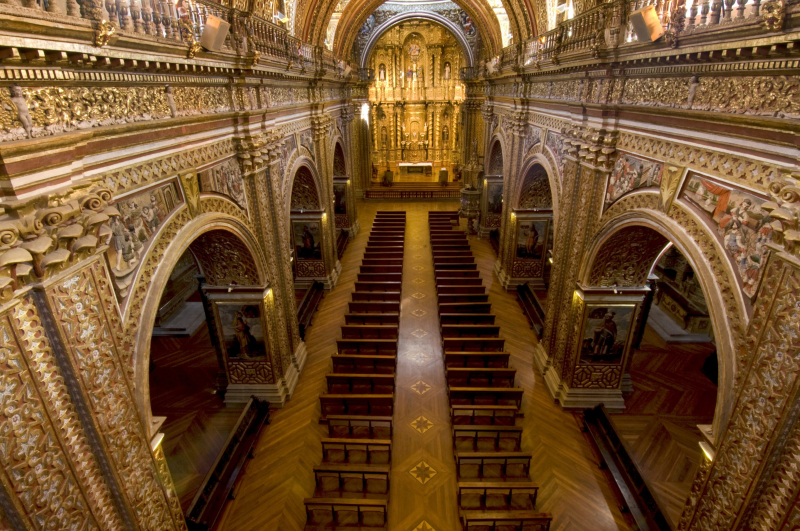
Photo: lonelyplanet -
Museo Nacional del Banco Central del Ecuado (The National Museum of Ecuador) is the Republic of Ecuador's national museum, established in 1969 by the Central Bank of Ecuador and overseen since 2010 by the Technical Undersecretary of Social Memory of Ecuador's Ministry of Culture and Heritage. The museum is located in Quito, Ecuador, within the premises of the House of Ecuadorian Culture building.
The MUNA-Q is the country's largest museum, including the country's largest collection of ancestral gods, a diverse collection of paintings by many artists and periods, as well as objects and ceremonial figures from various times of Ecuadorian history. The museum allows us to interpret the country's history in a new light, as if it were an open book through which society can learn about the fundamentals of its culture through the archaeological and artistic cultural treasures on display in its rooms.
Location: Quito, Ecuador
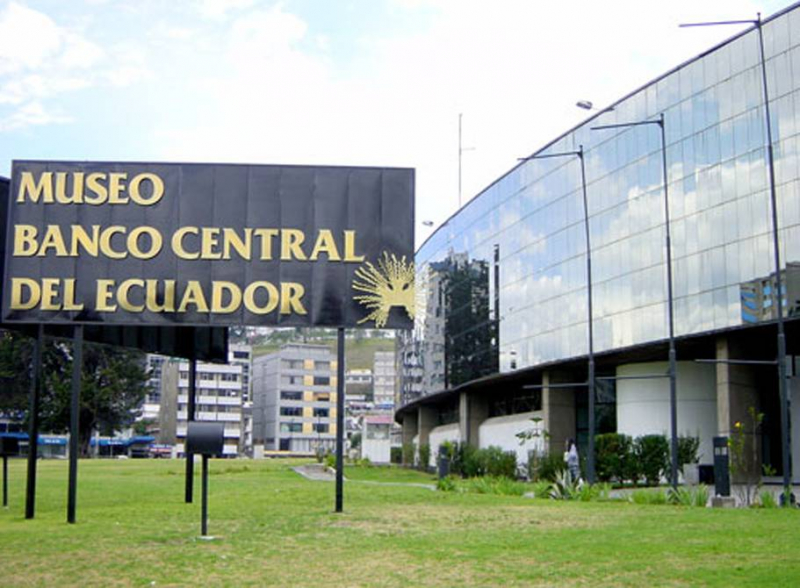
Photo: eluniverso 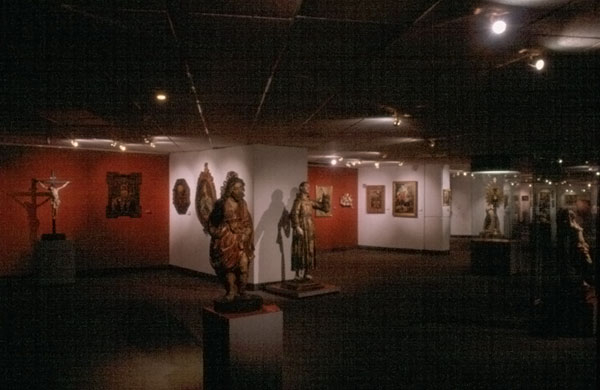
Photo: cvc.cervantes.es -
Quito, Ecuador is home to the Fundación Guayasamn Museum. This art museum houses a vast collection of interesting Oswaldo Guayasamn works. It also holds Guayasamn's personal art collection. Guayasamn is regarded as one of Ecuador's greatest artists, and his paintings are genuinely perceptive. On a hill overlooking the surrounding countryside, the Fundación Guayasamn Museum is located. Both inside and outside its walls, this provides tourists with a wealth of inspiration. It is the space of the museum as well as the paintings that make it so special, it is one of the most beautiful historical sites in Ecuador.
The non-profit organization Fundación Guayasamn was founded in 1977 to promote Oswaldo Guayasamn's masterpieces and beliefs. The foundation is active in Ecuador's cultural life, contributing to notable events, performances, and publications. Guyasamn's main purpose was to establish a comprehensive cultural center.
The Museum of the Fundación Guayasamn is organized into three divisions. Oswaldo's private pre-Columbian art collection is on display at El Museo Arqueologico. The artist's own works are included in other sections. Workshops are held at the Fundación Guayasamn Museum, which also houses an impressive art library. Concerts and exhibitions are held here on a regular basis. Visitors can also take a stroll through the museum's grounds and take in the breathtaking views. From Monday through Friday, from 9:00 a.m. to 12:30 p.m. and 3:00 p.m. to 6:30 p.m., the Fundación Guayasamn Museum is open. On Saturdays, it is open from 9:00 a.m. to 1:00 p.m.
Location: Quito, Ecuador
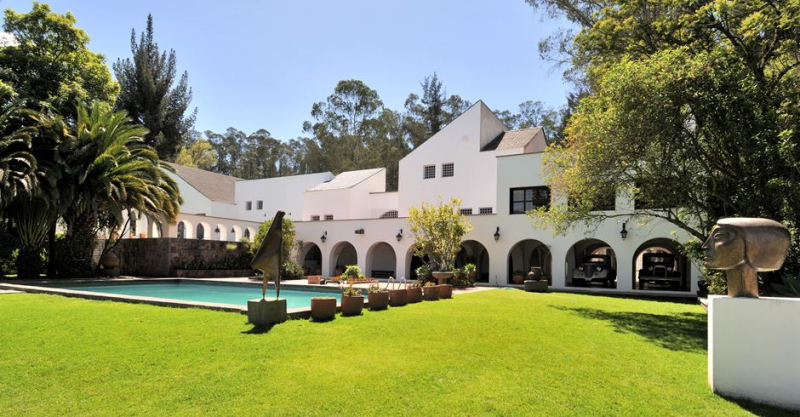
Photo: Fundación Guayasamín´s facebook 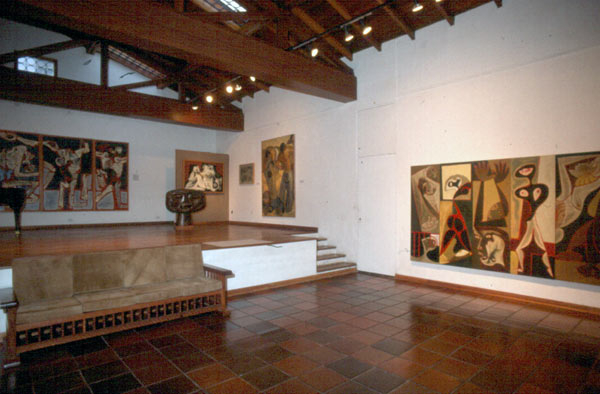
Photo: cvc.cervantes.es -
Cuenca's Cathedral of the Immaculate Conception, often known as the New Cathedral of Cuenca (Catedral Nueva), is the city's cathedral church. It is located just across from Parque Calderon.
Juan Bautista Stiehle (1829-1899), a German-born Franciscan who arrived in Cuenca from Alsace in 1873, drew up the Cathedral's plan based on Bishop León Garrido's proposals. The function of the adjoining Old Cathedral, which had grown too small, was taken up by the Cathedral. The construction began in 1885 and lasted nearly a century. This structure incorporates a variety of architectural styles, but the Romanesque Revival is the most prominent. Three massive domes above the cathedral are clad in spectacular blue and white glazed tile from Czechoslovakia. Guillermo Larrazábal, a Spanish artist, designed the stained-glass windows.Its towers are shortened because of an architect's mathematical miscalculation. The foundation of this Church to the Immaculate Conception would not have been able to take the weight if they had been raised to their projected height. Despite the architect's monumental error, the domes' skyline has become a symbol for the city. The building's exterior is built of alabaster and local marble, and the floor is covered in Carrara pink marble (Italy). When the Cathedral was first built, it could accommodate 9,000 of Cuenca's 10,000 residents.
Location: Cuenca, Ecuador
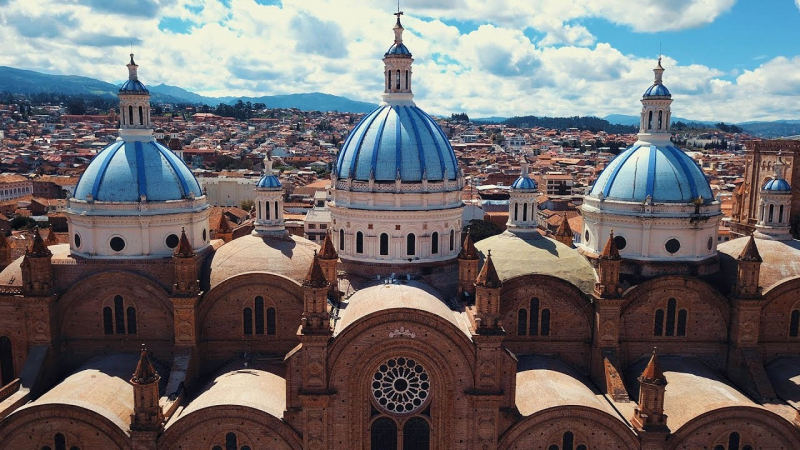
Photo: youtube 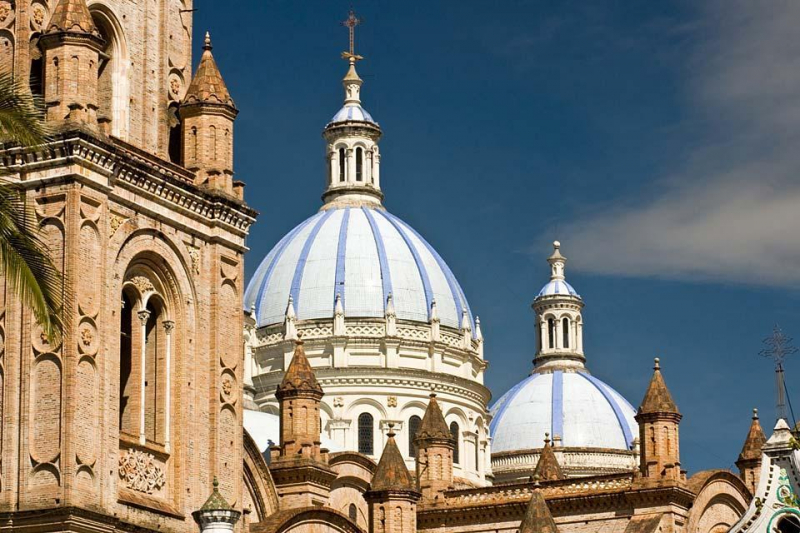
Photo: easyvoyage -
Ingapirca is both the name of a town in Ecuador's Caar Province and the name of an earlier Inca ruins and archeological site nearby. These are Ecuador's largest known Inca ruins. The Temple of the Sun, an elliptically shaped structure built around a massive rock, is the most important structure.
A visit here will let you observe the legendary Inca stonework, which is known for its seemingly impenetrably tight joints. The Caari occupied this area long before the Incas came, and several of their original structures are on show. Both the Caari and the Incas are said to have revered the location.Location: Cañar Province, Ecuador
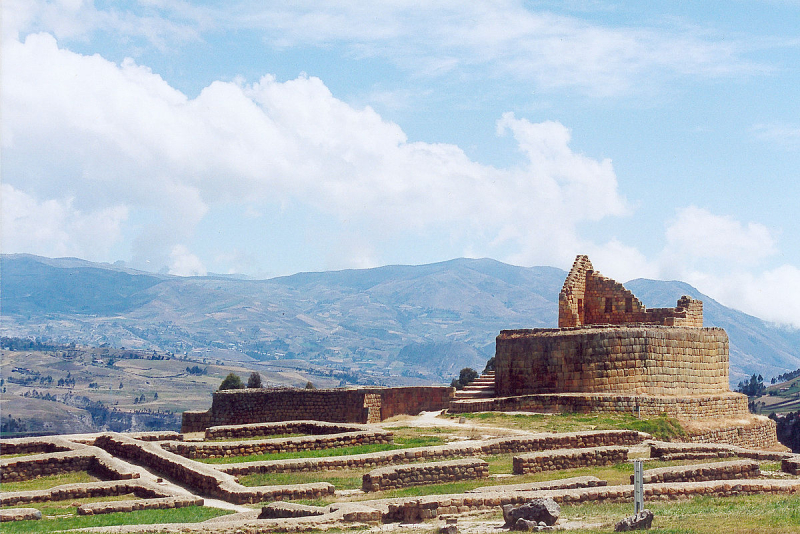
Photo: wikipedia 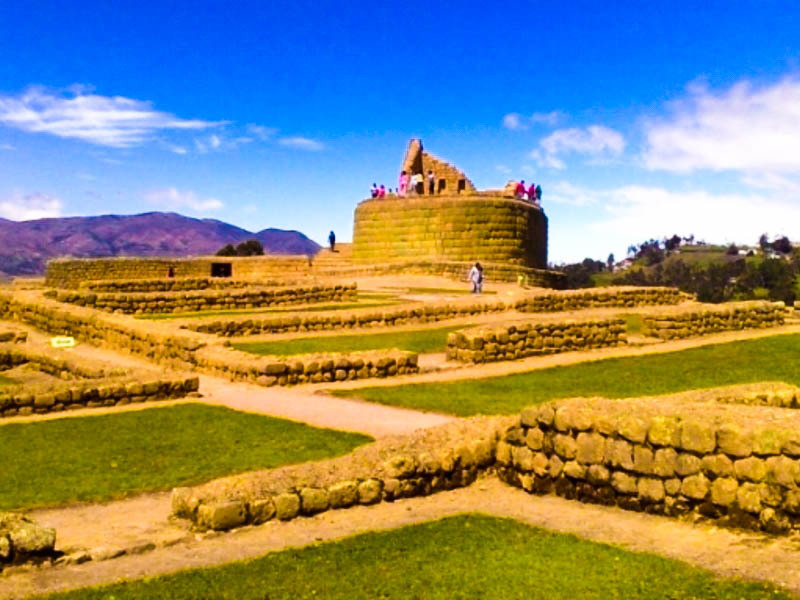
Photo: turismoi -
Around 3000 years ago, the La Tolita site developed on the Pacific coast of northern Ecuador, and its culture soon extended into the inner alluvial plain of mangrove and heavy rainforest flora up to an elevation of 2000 meters along the Andean foothills. According to fresh geomorphic evidence, the La Tolita civilisation blossomed as a result of a natural disaster that opened a new river, facilitating communication with gold-bearing areas and Andean tribes on the landward side. The Esmeraldas-Tumaco seismic zone, one of the most active on the planet, is home to the La Tolita area. In the alluvial lowlands of the Santiago and Cayapas River basins, channel avulsion is linked to active fault action.
This one-of-a-kind archaeological site is located on a small island off the coast of San Lorenzo. It is thought to have been home to one of the first pre-Columbian societies, a people proficient in gold, silver, and even platinum work. Thousands of shards of antique pottery can be found on one beach alone.
Location: North Pacific coast, Ecuador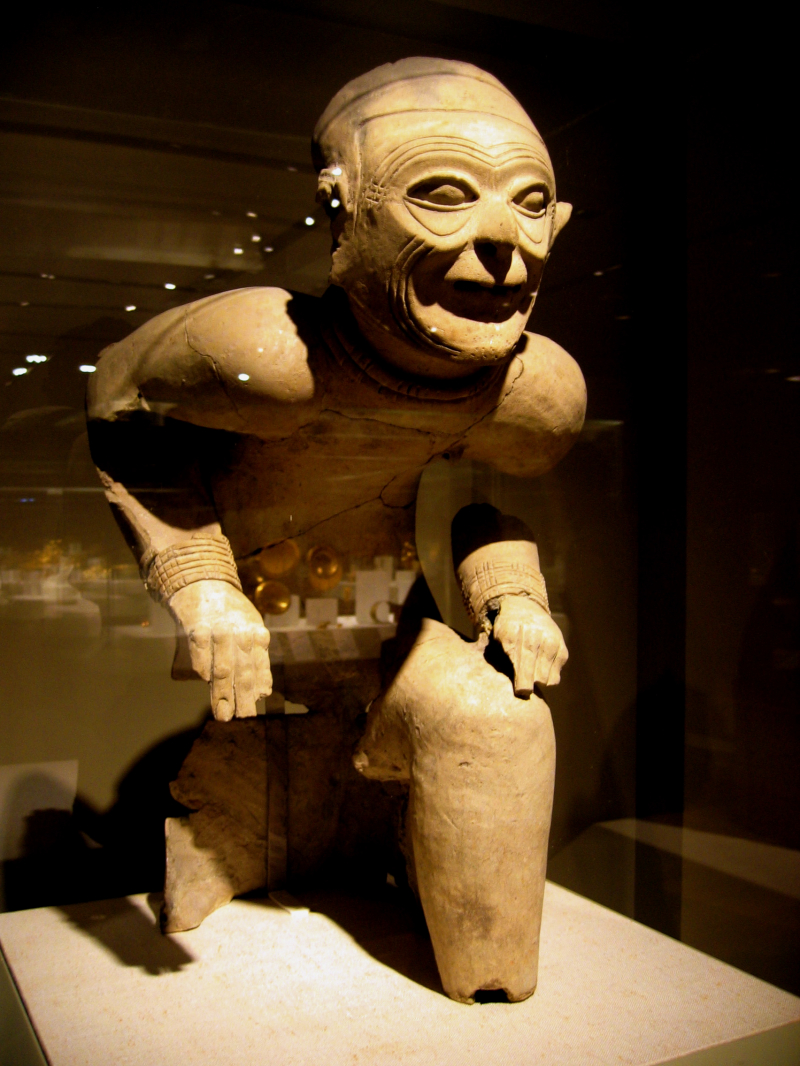
Photo: wikipedia 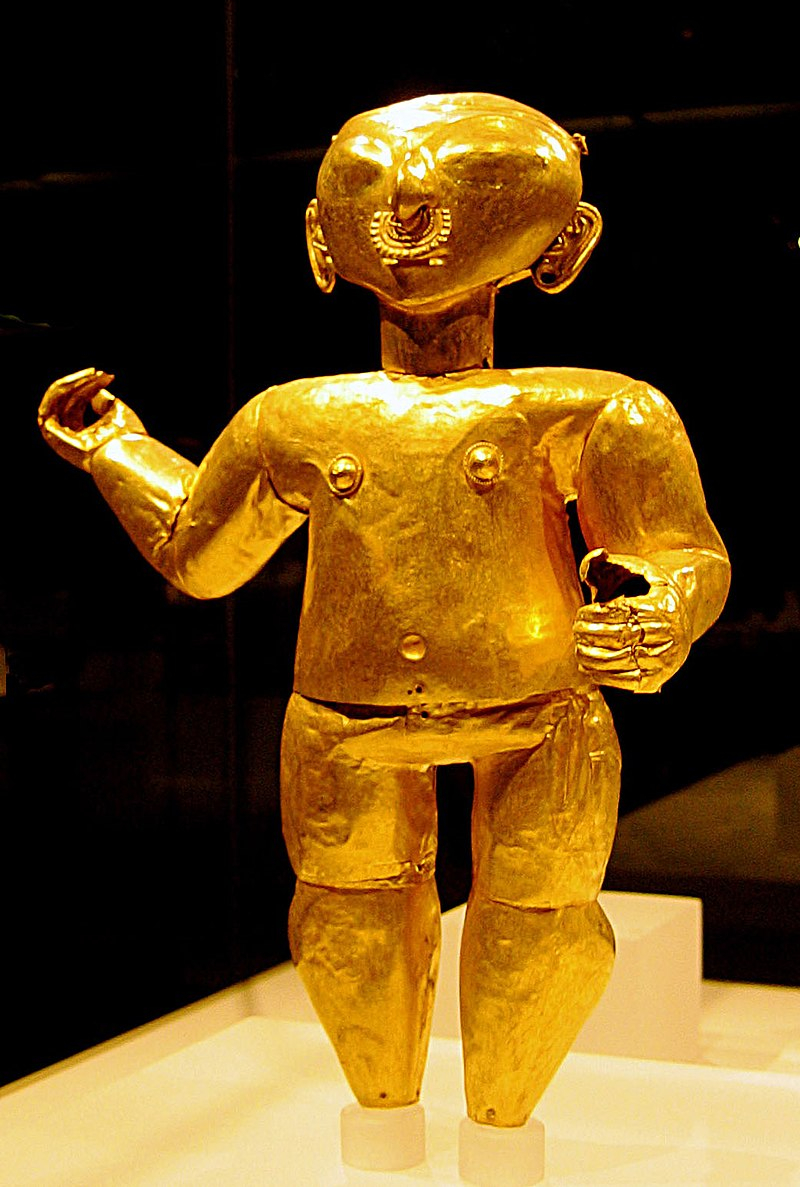
Photo: commons.wikimedia -
MAAC (Museo Antropologico y de Arte Contemporaneo) is a state-of-the-art museum in Guayaquil, Ecuador, dedicated to Ecuadorian, Latin American, and Pre-Columbian art and culture. MAAC is a nice addition to Malecón 2000, Guayaquil's newly restored riverwalk. MAAC, which opened on July 30, 2003, seeks to become a catalyst for the growth of local, regional, and national artistic culture.
MAAC's purpose is to showcase a valuable collection of 50,000 native Ecuadorian archaeological objects and over 3,000 modern works of art in order to harness the institutional cultural inheritance.The MAAC offers a variety of integrated programs, such as exhibitions, conferences, round tables, factories, film projections, and scenic arts, in order to meet the challenges of putting the cultural patrimony to the service of the country's development and assisting in community cultural education, based on a continuous exchange that stimulates the critical conscience of a diverse community.
Location: Guayaquil, Ecuador
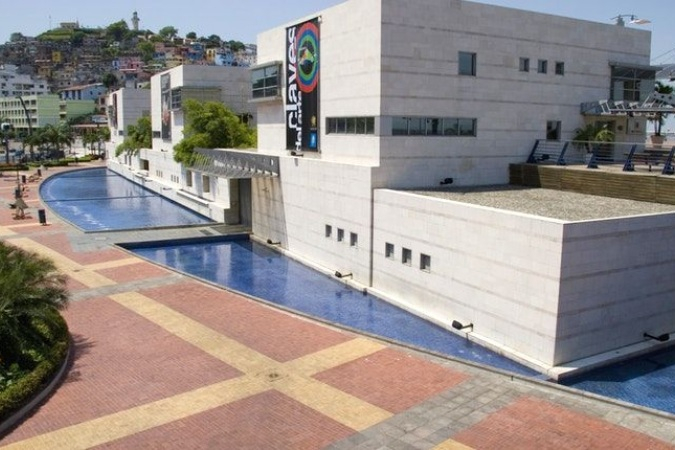
Photo: goraymi 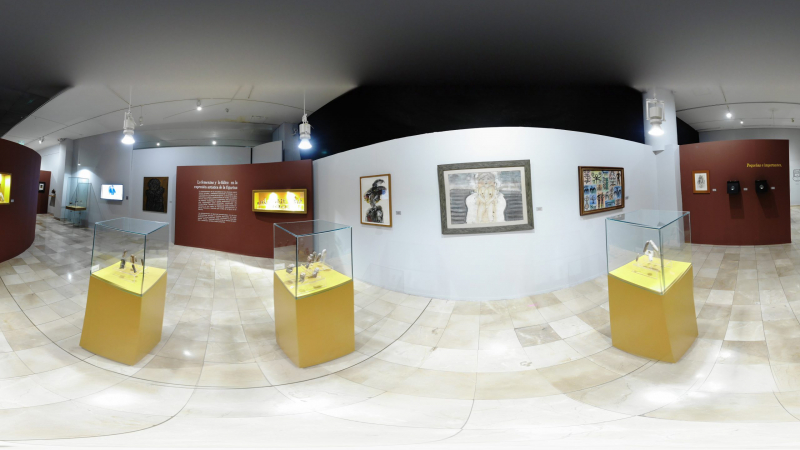
Photo: culturaypatrimonio





























